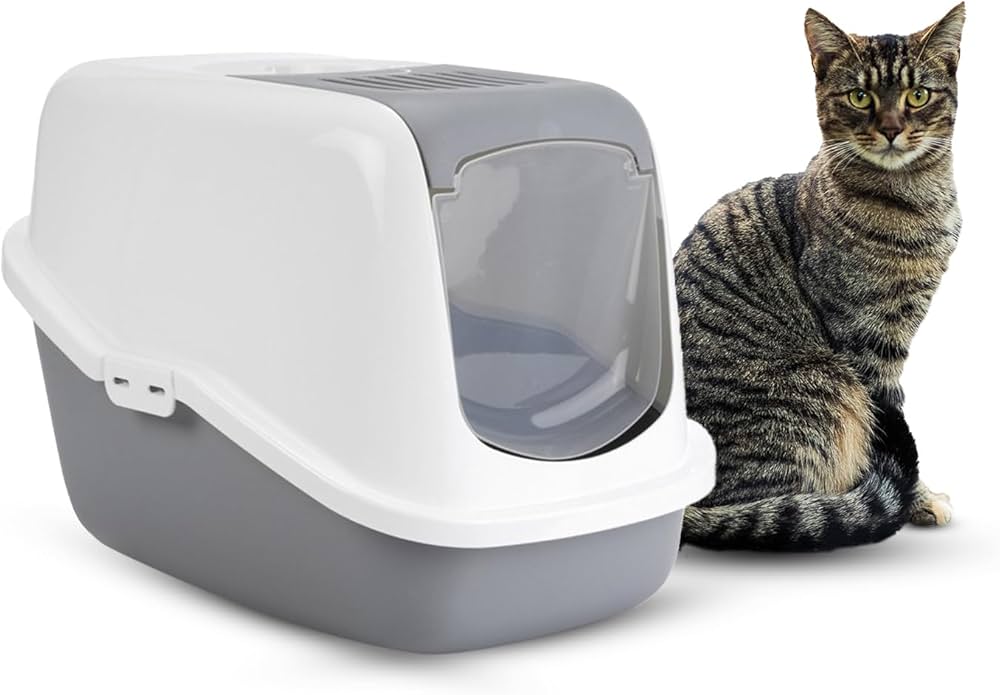The Best Litter Box Training Methods for Happy and Healthy Cats
Training your cat to use a litter box is crucial for both their happiness and your home’s cleanliness. While it can seem challenging at first, with the right techniques and patience, your cat will soon be using the litter box like a pro. Here are the best methods for successful litter box training, ensuring your cat remains happy and healthy.

Choosing the Right Litter Box
The first step is selecting the appropriate litter box. There are various types available, from open trays to covered boxes. The choice largely depends on your cat’s preferences. Generally, a larger box is better as it provides ample space for your cat to move around. If you have a kitten, start with a shallow box that they can easily enter and exit. For adult cats, consider their size and any mobility issues. Some cats prefer open boxes as they can easily see their surroundings, while others might prefer the privacy of a covered box.
Selecting the Right Litter
Cats can be particular about the type of litter they use. It is best to start with a basic, unscented clumping litter. This type of litter is usually the most acceptable to cats and makes it easier to clean the box. Avoid scented litters initially, as strong fragrances can deter some cats from using the box. You might need to try a few different types of litter to find the one your cat prefers.
Proper Placement of the Litter Box
Placement is critical in litter box training. Choose a quiet, low-traffic area where your cat can have some privacy. Avoid placing the box near their food and water dishes, as cats generally prefer to eliminate away from where they eat. If you have multiple floors in your home, consider having a litter box on each level to ensure easy access.
Positive Reinforcement
Use litter box training to encourage your cat. Whenever they use the litter box, praise them and offer a small treat. This positive association helps reinforce the behavior. Avoid scolding or punishing your cat for accidents, as this can create fear and anxiety around the litter box, making training more difficult.
Maintaining Cleanliness
Cats are naturally clean animals and are more likely to use a clean litter box. Scoop out waste daily and change the litter entirely once a week. Regular cleaning prevents odors and ensures that the litter box remains inviting to your cat. If you notice your cat avoiding the litter box, it might be time for a thorough cleaning or a fresh change of litter.
Litter box training requires patience, consistency, and attention to your cat’s preferences and needs. By choosing the right litter box and litter, placing it in a suitable location, and using positive reinforcement, you can successfully train your cat. Maintaining cleanliness and addressing any accidents calmly will further ensure a happy and healthy cat. Remember, every cat is unique, and finding what works best for yours might take a bit of time, but the effort will be well worth it.


